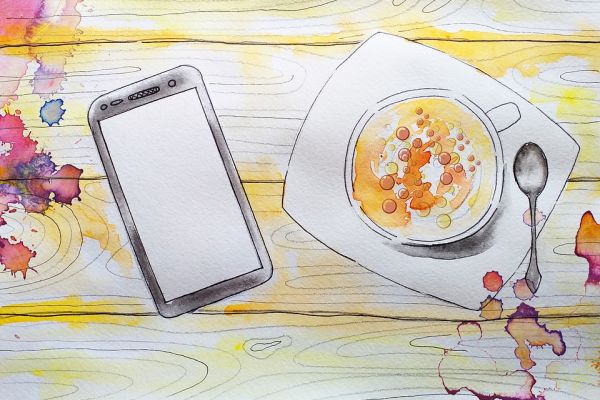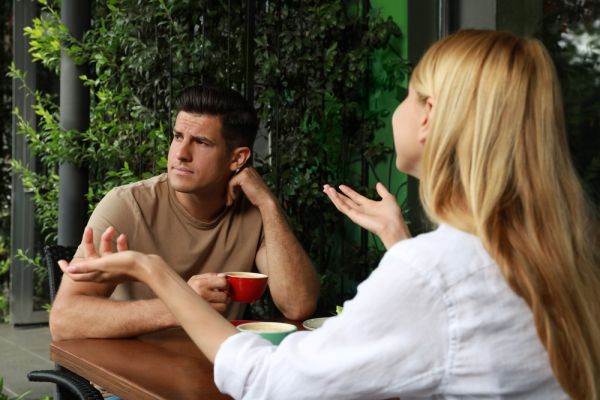Relationships
What Is Love?
We all know it when we feel it, but how do psychologists define love?
Posted September 30, 2022 Reviewed by Davia Sills
Key points
- We all know love when we feel it, but how do we define it?
- Love has been defined many different ways through the years.
- Some researchers think of love as feelings like intimacy and commitment, while others say it is a moment of connection.

If I asked you to tell me what love is, what would you say?
I am at a conference for The Love Consortium, an organization formed with the intention of increasing our understanding of love and social connection. As it turns out, a few dozen experts on the topic of love are still struggling to define it. What is love? Is it a feeling? A behavior? Some scholars wonder—can we even put love into words?
What do we know so far about what love is? Although philosophers and scholars have long reflected on love, it wasn’t until the 1970s that social psychologists began to study it. An early definition by Rubin called love an attitude that predisposes one to think, feel, and act in particular ways toward the love object (probably not the definition you came up with!) and defined three components of love: intimacy, need/attachment, and caring.
Soon after, Berscheid and Hatfield suggested that there are two basic types of love: passionate love and companionate love. Passionate love is about attraction, arousal, and extreme emotional experiences. In contrast, companionate love is about friendship, affection, and a strong attachment to someone. When people feel companionate love, they tend to experience trust, respect, and caring toward the person. While passionate love occurs in romantic settings, companionate love can be felt toward a romantic partner or towards friends and family.
Following these early theories on love, researchers came up with a variety of different theories of love, from Hendrick and Hendrick’s six love styles to Sternberg’s triangular theory of love, which conceptualizes love as a triangle of intimacy, passion, and commitment, with different combinations of these three components yielding different types of love.
Berscheid now has an updated model of love, one developed in the 2000s. This model includes four types of love that she argues subsume all other types of love: in addition to romantic/passionate love and companionate love/liking, she adds attachment love and compassionate love. Attachment love refers to a strong emotional bond with an attachment figure. Compassionate love encompasses experiences like altruistic or selfless love and agape. Although these are considered distinct types of love, we can feel more than one of them in a relationship. For example, we can have both romantic and companionate love with a romantic partner, and our feelings of love in a relationship can change over time. When it comes to research on love, the focus has been overwhelmingly on understanding romantic love, and other types of love have received much less attention.
These definitions tend to focus on broad feelings of love rather than the momentary experience. Barb Frederickson argues that we need to rethink our definitions of love and focus more on love as a moment of positive connection between two people. These moments of connection can happen with loved ones but also with strangers. When we think of love as a moment of connection, it is not bound by attachment or commitment.
And now, with new insights and technological tools to study relationships, a group of researchers has come together to better understand just what happens during those moments of love and figure out, finally, what exactly love really is.





















